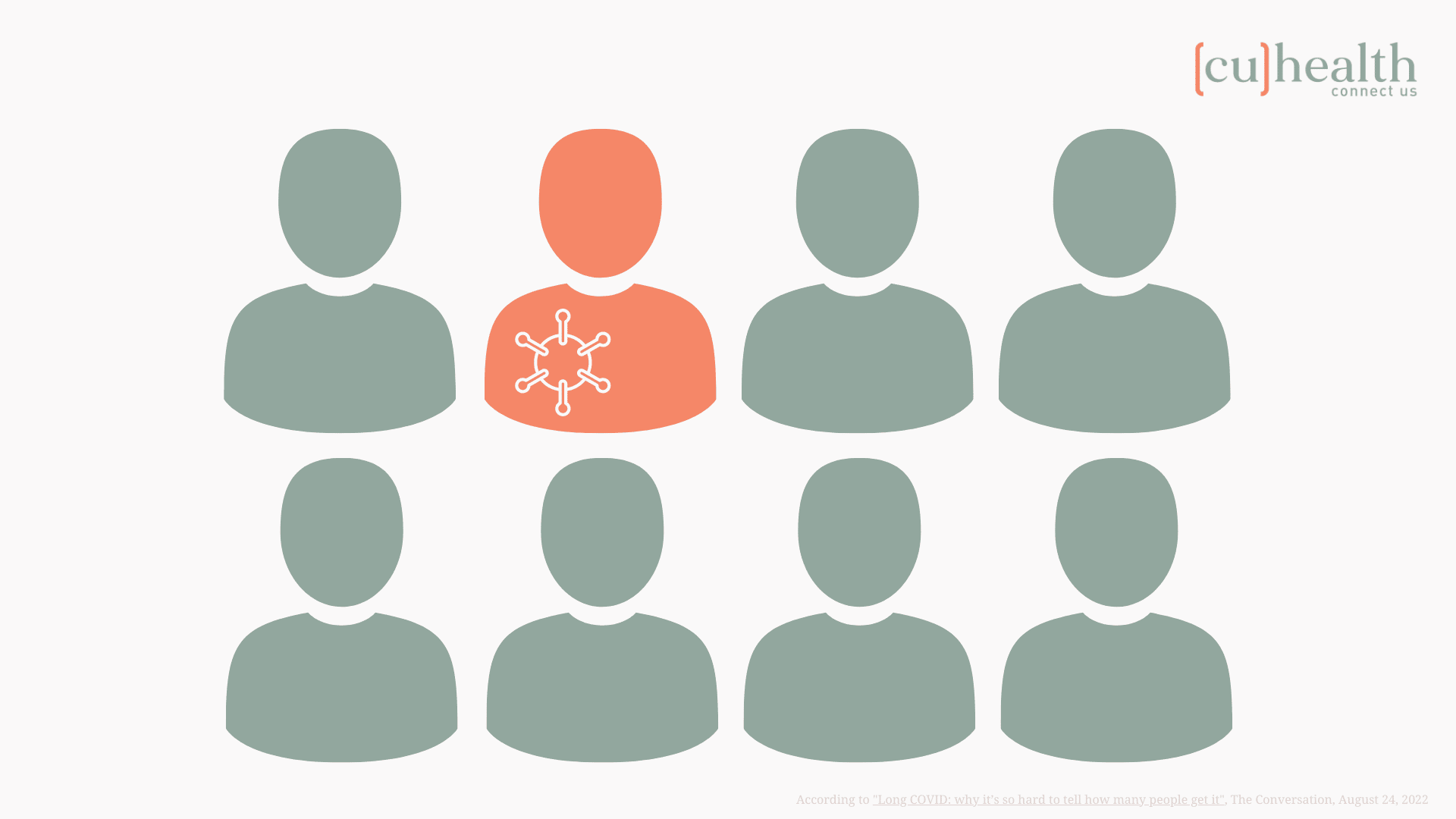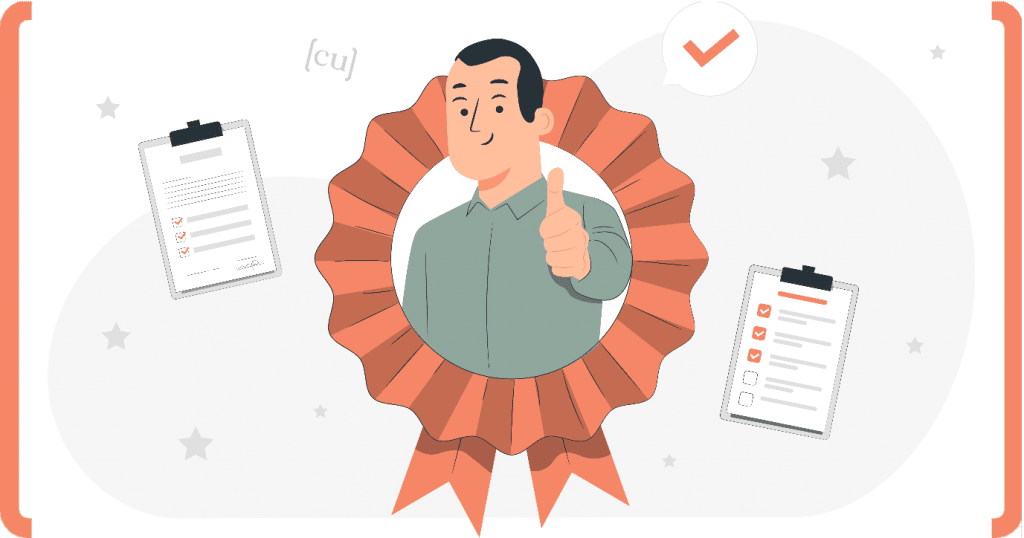COVID has kicked us all down in myriad ways over the last three years. In terms of the drain on business, you don’t need us to tell you that it feels like the challenge that. Just. Wont. Go. Away. There were the lockdowns, the restrictions, fighting with staff over vaccines and masks, the office space you’ve been paying for that feels now more like a big empty symbol of wasted time and money.
Now, while things seem to be getting back to “normal” in many facets of life, we’re having to grapple with the reality that up to one in eight people who’ve had COVID – and let’s face it, who hasn’t at this stage? – are dealing with a patchwork of ongoing effects that can be both hard to articulate and impactful on their ability to do their job.
Many companies are struggling with how to deal with the burdens of this challenge and many more are perhaps unaware that it’s even happening as employees try to hide their impairments out of fear of workplace reprisal.
So as an employer, what can you do to help address this silent productivity killer? Better understanding the kinds of challenges that are probably lurking in your staff right now can help us identify ways to manage those symptoms to get people back working at their best.
FATIGUE
The most reported symptom of Long COVID (sometimes referred to as “Post-COVID-19 syndrome”) is fatigue. Fatigue is reported by 80% of people diagnosed with COVID and generally tapers off after two-three weeks. However, in patients with Long COVID, this extreme exhaustion can linger on for months. COVID fatigue is caused by an overwrought immune system, inflammation and tissue death. Some experts have likened the level of exhaustion to that felt by someone after they’ve run a marathon. But every day.
While it is common in other scenarios where you need to get over exhaustion for medical experts to recommend getting out and having a walk – get the blood pumping! – the inflammatory complication with COVID means that exercise during recovery can be detrimental and in fact is one major risk factor for developing myocarditis or pericarditis (the inflammation of the area around and tissues of the heart). So, following a COVID infection, rest is really important.
To recover from Long COVID exhaustion pacing yourself is really important. A temporarily lighter workload might be helpful, as might the ability to work-from-home during their recovery. Frequent, short rests are better than longer but fewer rests.
COGNITIVE IMPAIRMENT
The kind of fatigue associated with COVID often includes the dreaded “brain fog” which can lead to problems with executive function. This is a type of (hopefully temporary) cognitive impairment that can limit a person’s mental performance for a time. Common presentations of this kind of impairment is memory loss, confusion and severe headaches. Signs that your employee might be experiencing this symptom might include missing deadlines they would normally meet, uncharacteristic disorganisation or irritability.
Again, the advice is to rest. It can be a lot harder to rest your brain than your body, particularly if you have a very intellectually stimulating job. Sleep is very important for people who have Long COVID and, frustratingly, many people suffering from the syndrome also experience a higher rate of insomnia and reduced sleep quality. To help people who are struggling with their executive function, having a buddy to help remind them of important meetings can also be helpful. Allowing people to work-from-home and on less strict deadlines can also be helpful to allow them to rest or nap throughout the day which can help their brains heal.
Keeping detailed notes can also help staff who are having trouble with their short-term memory.
BREATHING
Another common Long COVID symptom is respiratory distress. Breathlessness and coughing can linger on. Try not to overexert yourself. Gradually reintroducing some light exercise in the form of short walks can be helpful over time.
GASTROINTESTINAL ISSUES
A lesser known Long COVID symptom is problems with your gut health. Research suggests that the COVID virus can kind of take up residence in your gastrointestinal tract and have itself a little party. This can cause lingering nausea, vomiting, diarrhoea, weight loss, reflux, and abdominal pain. These kinds of symptoms can have an affect on productivity due to the distraction of constantly feeling sick, as well as more frequent and urgent bathroom breaks. Medication can help to manage some of the symptoms and these patients really need expert medical advice and surveillance.
PSYCHOLOGICAL IMPACTS
Many people suffering chronic illness, and that includes Long COVID, experience depression and/or low mood. It is a common outcome from the stress and distress of ongoing pain and cognitive difficulties. Psychological support is a great intervention here, but so is just knowing that your company cares, understands and is trying to support you to maintain your job over this difficult time.
Ultimately, Long COVID can have serious and complicated long-term impacts on your employees. Offering convenient, wholistic support in the form of a comprehensive wellbeing program can be a huge help for people grappling with this constellation of challenges. If you would like some advice, start a conversation with a CU Health expert today and begin your organisation’s journey to becoming a wellbeing employer of choice.





